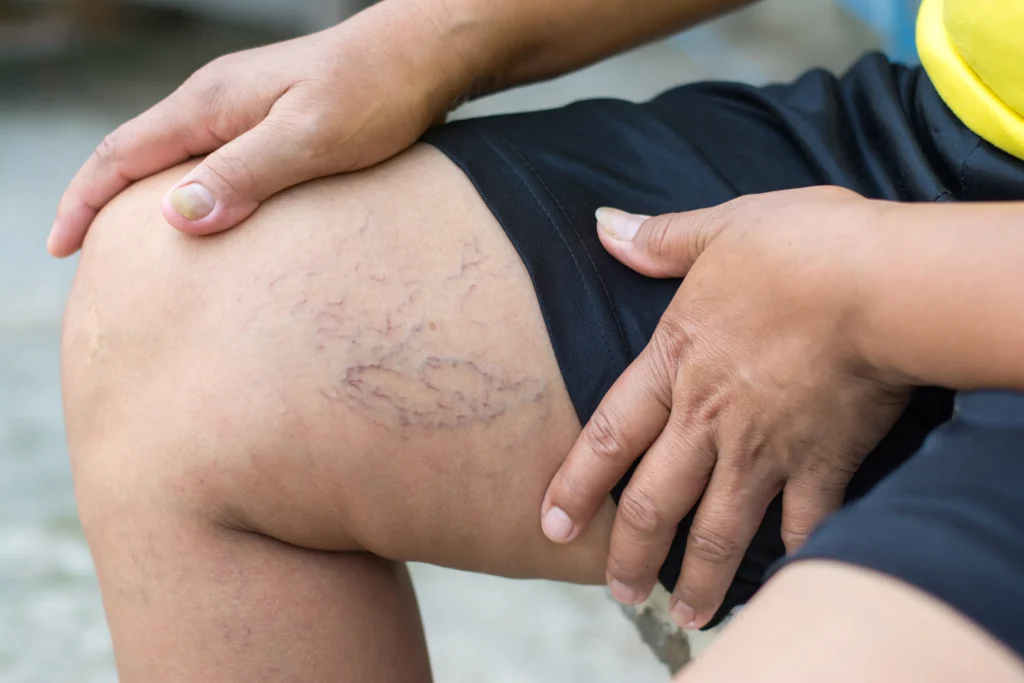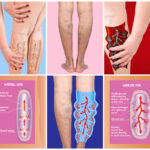Deep vein thrombosis prevention is a serious condition characterized by the formation of blood clots in deep veins, predominantly in the legs. Preventing DVT is crucial to avoid complications such as pulmonary embolism (PE). This article outlines effective strategies for DVT prevention, encompassing lifestyle modifications, medical interventions, and specific measures during travel and post-surgery.

Understanding Deep Vein Thrombosis
DVT occurs when a blood clot forms in a deep vein, typically in the lower extremities. Risk factors include prolonged immobility, surgery, certain medical conditions, and lifestyle choices. Recognizing these factors is essential for effective prevention.
Lifestyle Modifications to Reduce DVT Risk
Implementing healthy lifestyle changes can significantly lower the risk of DVT:
- Regular Physical Activity: Engaging in consistent exercise enhances blood circulation and reduces clot formation risk. Activities such as walking, swimming, and cycling are beneficial.
- Weight Management: Maintaining a healthy weight decreases pressure on veins and lowers DVT risk.
- Smoking Cessation: Smoking adversely affects blood flow and increases clotting risk. Quitting smoking is a critical preventive measure.
- Hydration: Adequate fluid intake prevents blood thickening, reducing clot formation likelihood.
Medical Interventions for DVT Prevention
In certain situations, medical interventions may be necessary:
- Anticoagulant Medications: Drugs such as low-molecular-weight heparin (LMWH) are prescribed to prevent clot formation, especially in high-risk individuals.
- Compression Stockings: Wearing graduated compression stockings improves blood flow in the legs and reduces DVT risk.
- Intermittent Pneumatic Compression Devices: These devices intermittently inflate to apply pressure on the legs, enhancing venous return and preventing clot formation.
Preventive Measures During Travel
Long periods of immobility during travel can increase DVT risk. To mitigate this:
- Frequent Movement: Stand up and walk periodically during long journeys to promote blood circulation.
- Leg Exercises: Perform ankle rotations and foot flexes while seated to stimulate blood flow.
- Compression Stockings: Consider wearing compression stockings during extended travel to support venous return.
Post-Surgical DVT Prevention
Surgery, particularly orthopedic procedures, elevates DVT risk. Post-operative preventive strategies include:
- Early Mobilization: Ambulating as soon as possible after surgery enhances circulation and reduces clot risk.
- Mechanical Prophylaxis: Utilizing compression devices or stockings post-surgery aids in preventing DVT.
- Pharmacological Prophylaxis: Administering anticoagulant medications as prescribed post-operatively lowers the risk of clot formation.
Preventing deep vein thrombosis involves a combination of lifestyle changes, medical interventions, and awareness of risk factors. By adopting regular physical activity, maintaining a healthy weight, staying hydrated, and following medical advice, individuals can significantly reduce their risk of DVT and its associated complications.

